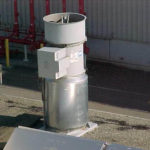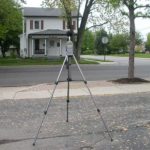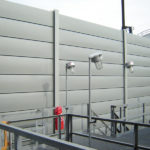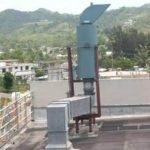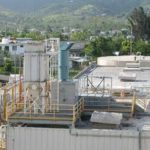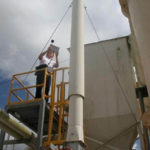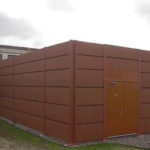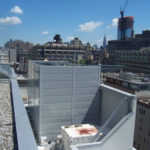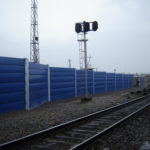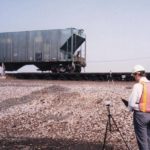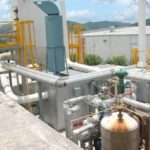Environmental Noise Services
When implementing this program, Acoustical Systems, Inc. applies the necessary acoustical engineering practices to define the existing conditions causing noise complaints in a given residential area or community. The source(s) of the complaints are identified and practical noise control solutions proposed. The recommended solution will have a minimal effect on the normal operation and maintenance of the equipment being acoustically treated, while the goal of achieving the required noise abatement for the community is met.
Community Noise Study Scope of Work
Determine the Existing Acoustical Condition
Many community noise problems are very subjective. An individual’s ability to hear, meteorological conditions, time of year, measurement location, and operating conditions of the facility are all variables which effect the actual or perceived problem. The project will typically start with Acoustical Systems meeting with all of the parties concerned with the project. This could be representatives of the city or state enforcement group, and local neighbors that have complaints.
Determine the Acoustical Design Goal
In determining the perceived problem, ASI may seek guidance from municipalities in the form of applicable noise ordinances at the local and/or state level. Normally provided by governmental agencies such as the Department of Environmental Protection, these regulations provide a baseline for sound level limits as well best practice guidelines for the certified noise investigator.
Identify Noise Sources
The individual noise sources prompting the complaints must be isolated in order to determine the component each adds to the overall noise level at each location under study. This is determined through several methods including study of the 1/1 and 1/3 octave bands and Fast Fourier Transform (FFT) sound pressure level measurements to determine the frequency profile of each potential noise source. Sound decay vs. distance relationships, sound wave propagation and directional characteristics, and atmospheric condition effects are among the engineering considerations applied to fully understand the scope of the noise problem and to produce an effective noise abatement solution.
Recommend Noise Abatement
Once individual sources have been identified, Acoustical Systems will develop practical engineering controls to abate the noise. Concept designs will be reviewed with management and maintenance personnel to develop a solution that will reduce the noise, minimize impact on maintenance, and minimize the cost. When the concept designs have been developed, a final report documenting existing noise levels and sources, recommendations, concept designs, material costs, and predicted noise levels after implementation will be submitted. Once noise abatement is implemented, Acoustical Systems can measure the actual noise levels to verify the prediction in the final report.
